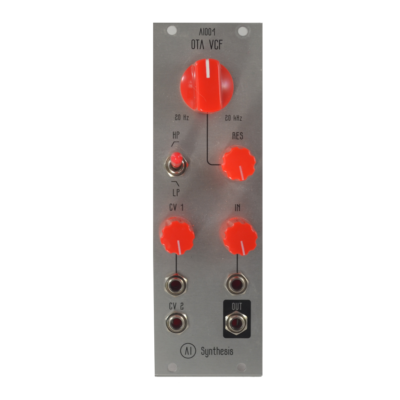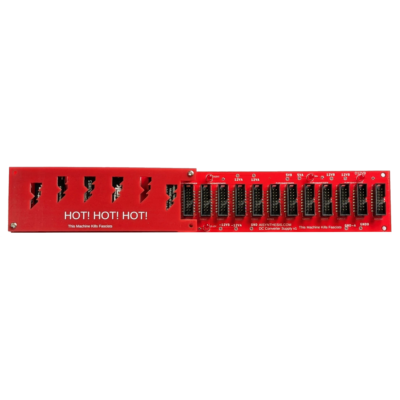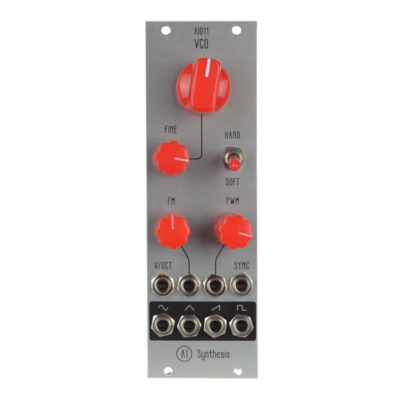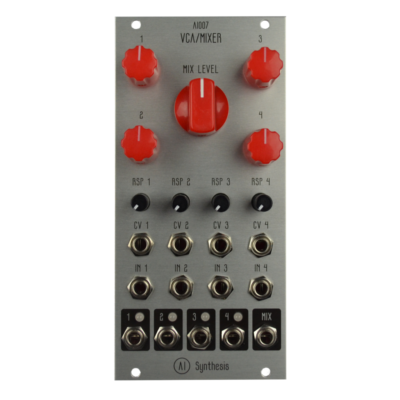Resistors are one of the most common electronic parts that you’ll use, and their primary purpose is to add resistance to a circuit. The higher the resistance, the lower the current will be in the circuit. Typically a resistor is used to either limit current or divide it.
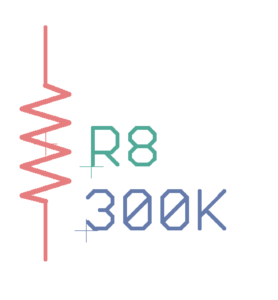
How Resistors appear in a Schematic
Resistors are measured by the following parameters:
Resistor Value
Resistor Values are measured in Ohms. You’ll typically see resistors in three different value ranges. At the low end, you’ll see single ohms, for instance 10 ohm, or 10r as it might appear on a schematic or a BOM (Bill of Materials). After 999r, you’ll see KOhm resistors, for instance, a 10k resistor. Finally, there are MOhm resistors, which appear as 10M for instance.
Resistor Power
When electrical current passes through a resistor, electrical energy is lost by the resistor as heat. The greater the current flow, the hotter the resistor will get. Resistance power is usually measured in the milliwatt (mW) or Watt (W). 1/4W resistors are by far the most common in synth DIY. Resistor power is often determined by their size, so you will sometimes see 1/4W as the resistors size, as well as the power rating.
Tolerance
Resistor tolerance is the resistors value variance when exposed to heat. Carbon Film resistors are made with carbon film wrapped around an acrylic core and have 5% value variation. That means that a 100k Carbon Film resistor’s actual value could vary between 105k or 95k. Metal Film resistors use metal film wrapped around an acrylic core and have a 1% value variation. That means that a 100k Metal Film resistor’s actual value could vary between 101k or 99k in practice. AI Synthesis kits use metal film resistors. They are usually close or the same price as carbon film resistors, so why not get a better resistor.

The insides of Carbon Film resistors. More wraps of carbon = more resistance.
Resistance Color Codes
Our resistors come in kits bagged separately by value, so you won’t need to decode the value by band color, but if you find yourself in a situation where you need to, this decoder will help:
| Color | Digit value | Multiplier | Multiplied Out | Tolerance |
| Black | 0 | 100 | 1 | |
| Brown | 1 | 101 | 10 | |
| Red | 2 | 102 | 100 | |
| Orange | 3 | 103 | 1,000 | |
| Yellow | 4 | 104 | 10000 | |
| Green | 5 | 105 | 100,000 | |
| Blue | 6 | 106 | 1,000,000 | |
| Violet | 7 | 107 | 10,000,000 | |
| Gray | 8 | 108 | 100,000,000 | |
| White | 9 | 109 | 1,000,000,000 | |
| Gold | ±5% | |||
| Brown | ±1% |
Here’s an example of a 4.7kΩ resistor with four color bands:
When decoding the resistor color bands, consult a resistor color code table like the one above. For the first two bands, find that color’s corresponding digit value. The 4.7kΩ resistor has color bands of yellow and violet to begin – which have digit values of 4 and 7 (47). The third band of the 4.7kΩ is red, which indicates that the 47 should be multiplied by 102(or 100). 47 times 100 is 4,700!


